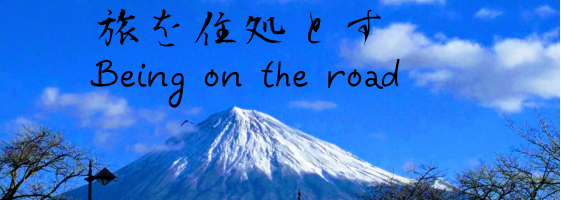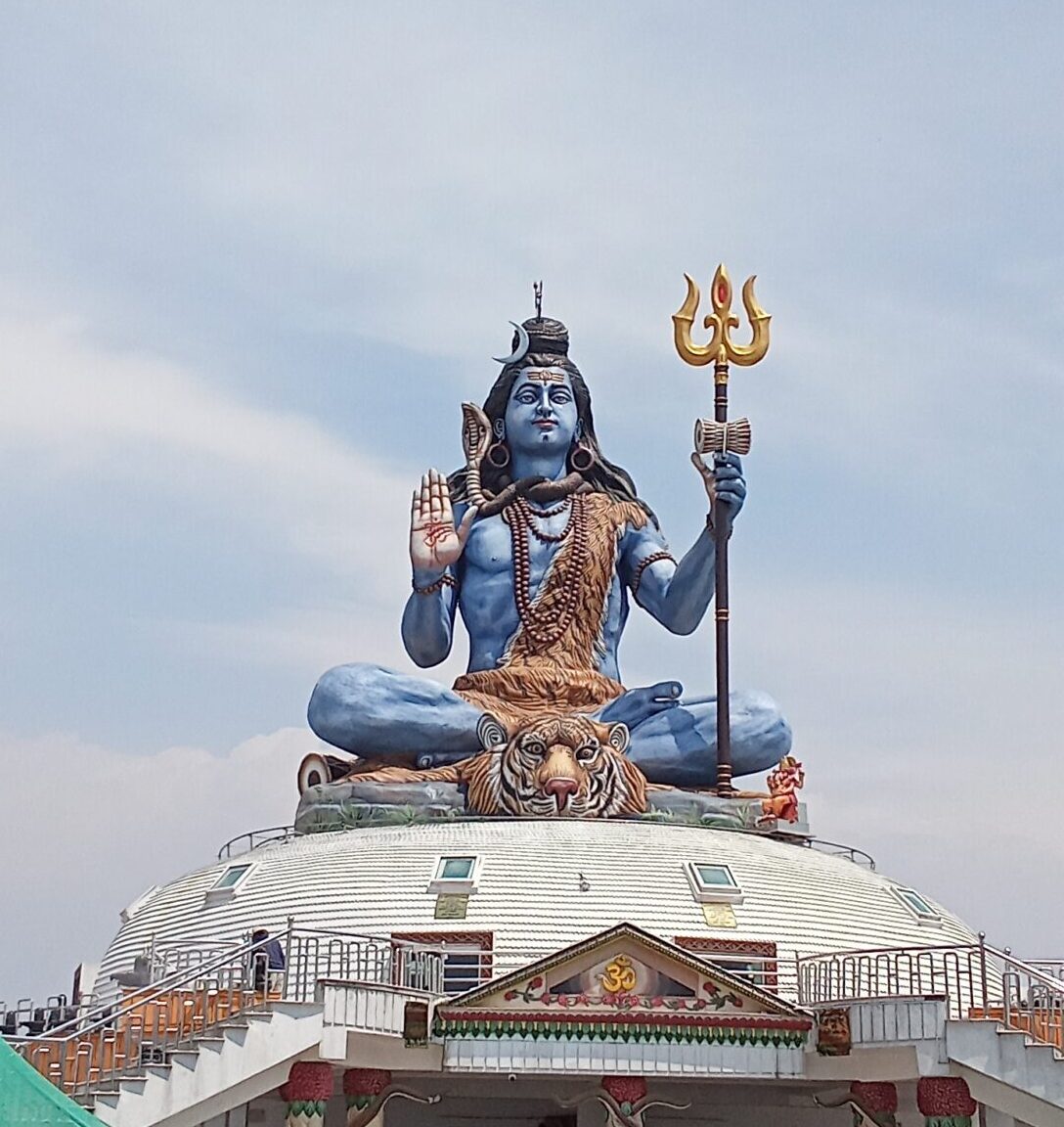In April 2024, I stayed in Pokhara, Nepal. Travel guides for Nepal invariably feature photos of the Annapurna mountain range viewed from Pokhara’s lakeside. As it was my first visit to Pokhara, I believed I would surely see this beautiful scenery.
Couldn’t See It! The Annapurna Range
When I arrived in Pokhara after a 12-hour bus journey from Kathmandu, it was already dark. The next morning, no matter how much I looked, I couldn’t see the Annapurna mountain range, which was supposed to be visible. I asked the guesthouse staff, and they told me it couldn’t be seen from there; I had to go up the mountain.
I researched online and found out about Sarangkot Viewpoint, and that sunrise was the best time to visit. Sunrise at the time was at 5 AM. Although it was walkable, it would mean leaving the guesthouse in the middle of the night. So, I decided to rent a motorbike. There were many motorbike rental agencies around Pokhara, so I contracted with one and left early the next morning.
What I Saw and Didn’t See from Sarangkot Viewpoint
It took about 30 minutes to reach the viewpoint. It was still dark, but many tourists had already arrived. As I waited for the sunrise in a corner of the viewpoint, the eastern sky began to turn orange. The sun quickly rose, and it became bright. However, despite such a beautiful sunrise, the crucial Annapurna mountain range was nowhere to be seen. I checked the direction, but all I could see was what appeared to be clouds or haze.
It became clear to me that, likely similar to how I couldn’t see the sunset in Luang Prabang, Laos, the sky in regions close to China is probably in this state all day long. It was quite ironic that souvenir shops on the way back from the viewpoint were selling postcards with beautiful pictures of the mountains that should have been visible.
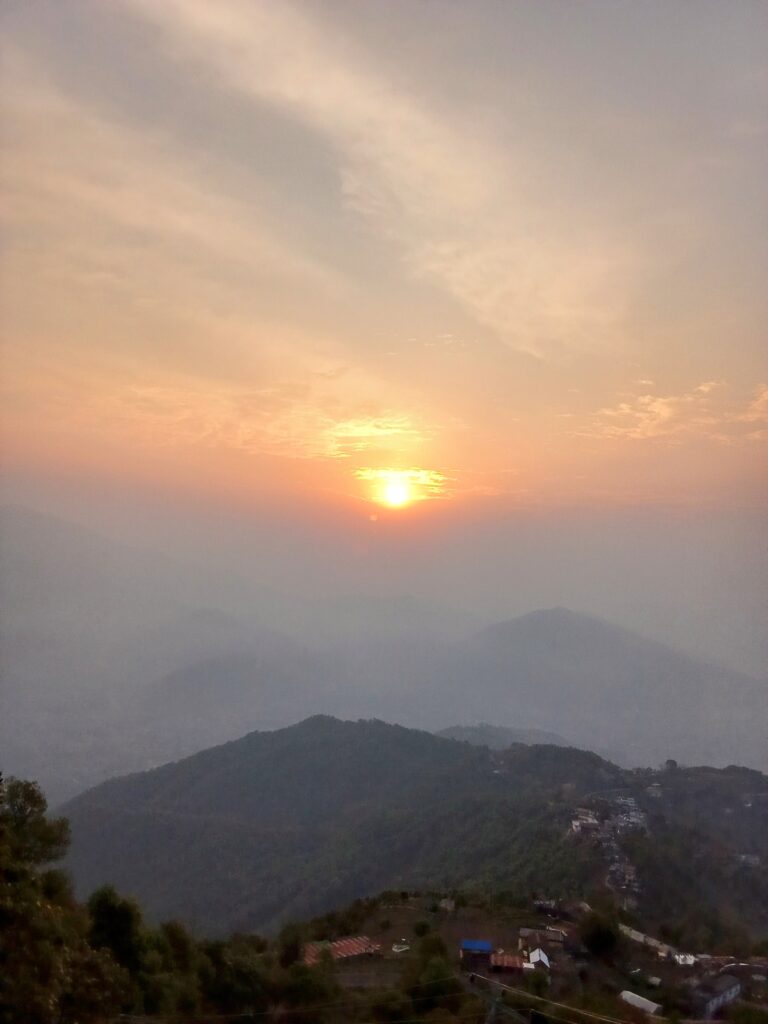
Nipponzan Myohoji Temple
After descending the mountain and resting back at my guesthouse, I decided to visit Nipponzan Myohoji Temple and the giant Shiva statue on the mountain across the lake. Nipponzan Myohoji Temple is a temple built by the Nichiren Buddhist sect from Japan. The stupa built on the mountain can be seen clearly from Lakeside below.
You have to walk a bit from the main road to reach it. The path was narrow, not accessible by car, and full of stones, making it difficult even for a motorbike. The Nepali security guard at the temple greeted me with “Namu Myōhō Renge Kyō” when he realized I was Japanese. Taking off shoes at the bottom of the stairs is common, but there were annoyingly insistent signs telling visitors to be quiet. I wondered if many people were being noisy.
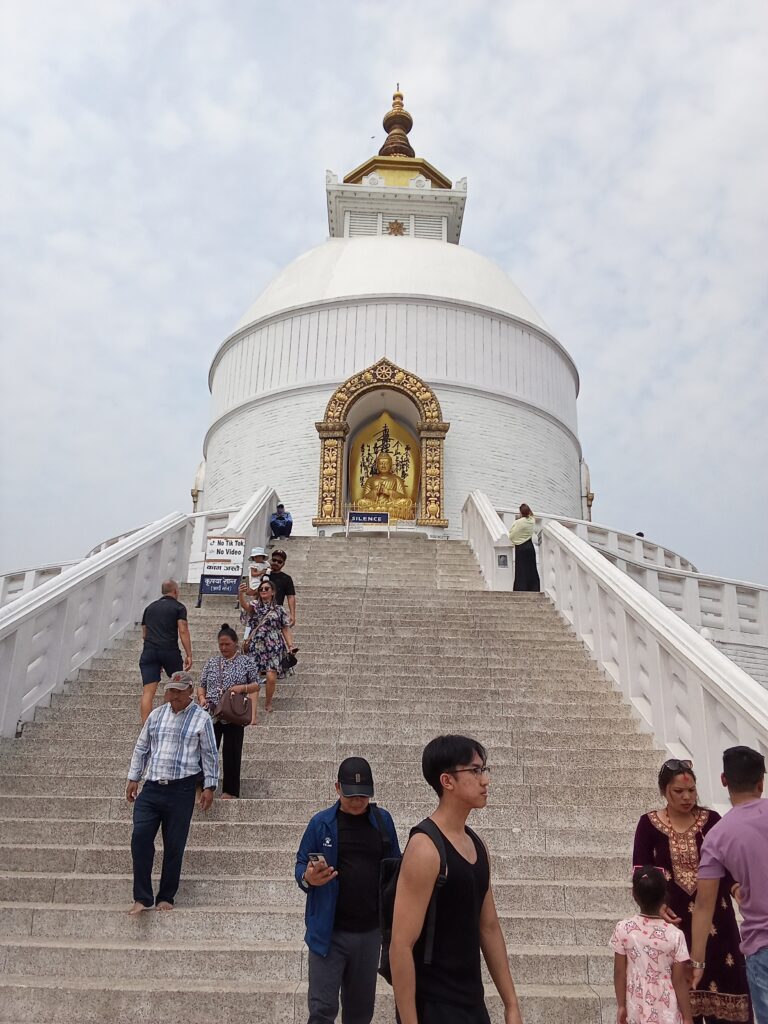
The Giant Shiva Statue Was Like a Theme Park!
Just a few minutes’ motorbike ride from Nipponzan Myohoji Temple stands a giant statue of Shiva, the supreme deity in Hinduism. The road here is well-maintained, with a parking lot, allowing cars to enter the premises. The approach to the statue was lined with cafes and souvenir shops.
Visiting the Shiva statue is free. Perhaps because it was a Sunday, there were many worshippers, especially families, making it feel like a theme park. Around the statue, there were countless Lingams and Yonis (stone statues symbolizing male and female reproductive organs). These appeared to be offerings made after a certain amount of donation, with the names of the donors inscribed on them.
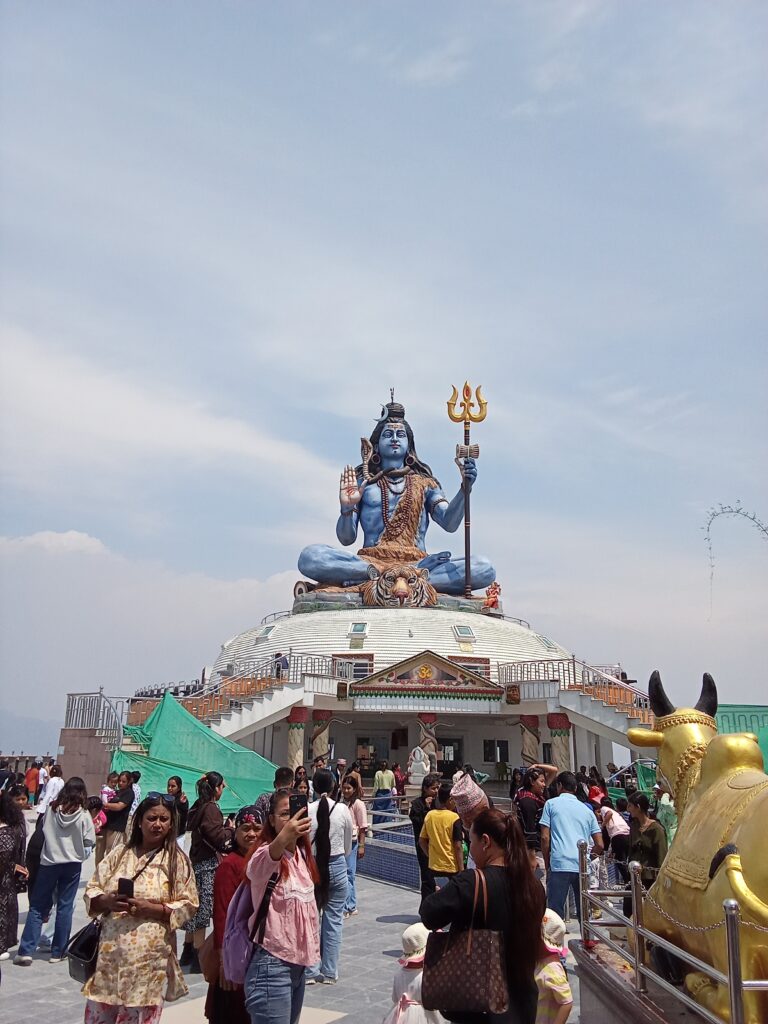
Conclusion
I unfortunately never got to see the Annapurna mountain range, which I had been looking forward to. I don’t know if it’s visible during other seasons. However, I suspect it’s not possible to see it in the beautiful, clear state depicted in tourist guides.
I recommend chartering a car or renting a motorbike to go to the viewpoint on the mountain. If you rent it for a full day, I also suggest visiting Myohoji Temple and the Shiva statue on the opposite side.
